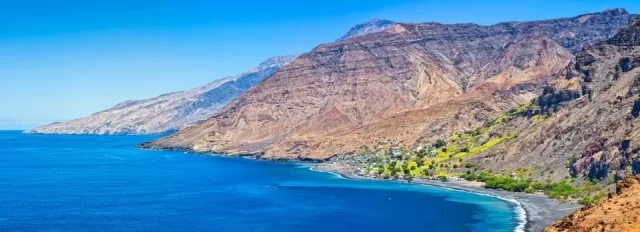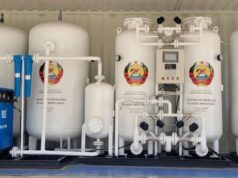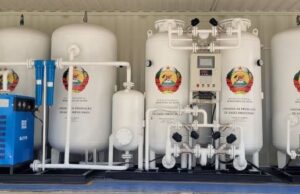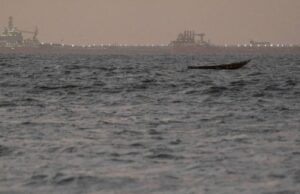

Abirami
Staff correspondent
(4 Minutes Read)
As the sun sets over the azure waters surrounding Cape Verde’s ravishing islands, a tale of economic growth and environmental responsibility unfolds. Nestled in the heart of the Atlantic Ocean, Cape Verde has become a central tourist destination, drawing visitors with its sun-kissed beaches and the awe-inspiring spectacle of loggerhead sea turtles nesting on its shores.
The archipelago’s tourism story traces back to the late 1980s when the islands of Sal and Boa Vista emerged as hotspots, captivating travellers with their expansive beaches and the enchanting sight of loggerhead sea turtles. In recent years, conservation efforts have sparked a boom in turtle nesting, but as with the islands vulnerable to climate change, Cape Verde faces a dilemma that puts its cherished marine reptiles at risk.
A study published in 2019 reveals a serious consequence of rising temperatures on Cape Verdean beaches – an increased likelihood of baby turtles being born female due to hotter sands. In future climate scenarios, the study warns of sex ratios exceeding 99% female, potentially jeopardizing the survival of the species on certain islands. As tourism flourishes and more flights connect with these exotic shores, the economic boon comes with the cost of potential harm to the very creatures that captivate visitors.
The delicate balance between economic prosperity and environmental preservation is notable in Cape Verde’s growth trajectory. Fitch Solutions projects a deceleration in the country’s growth rate from an estimated 10.5% in 2022 to 4.2% in 2023. While the tourism industry has been a significant driver of this growth, challenges loom on the horizon. Economic conditions in key European source markets, including the UK, Belgium, France, Germany, and Portugal, are expected to slow, impacting tourist arrivals.
Cape Verde’s dependence on European visitors is underscored, with the UK alone accounting for 26.2% of total visitors in 2022. However, the resilience of the tourism sector is evident in the projections for 2024, anticipating a rebound with a growth rate of 4.5%. The government’s strategic Tourism Operational Plan aims to boost arrivals, making significant investments in hotel capacity, air transportation infrastructure, and the resumption of key tourism projects, such as the White Sands resort.
The story of Cape Verde’s economic evolution is intertwined with its commitment to sustainability. The acquisition of Cape Verde’s airports by VINCI Airports and the resumption of the White Sands project reflects the government’s dedication to infrastructure development. The growth forecast is not solely dependent on tourism; investment and private consumption are expected to provide additional momentum.
A significant portion of Cape Verde’s workforce is employed in travel and tourism, highlighting the sector’s importance to the nation’s economic fabric. Continued development and diversification, coupled with muted price pressures, are expected to boost household spending. However, the country’s vulnerability to climate-related disruptions and external shocks, as highlighted by the IMF, poses substantial downside risks to long-term growth.
Low levels of rainfall and a multi-year drought have already impacted the country’s agricultural output, posing a threat to food security. The tourism sector, too, has felt the effects, with water supply challenges affecting its reliability. The threat of extreme weather events, including flooding and hurricanes, looms larger with climate change, prompting a cautionary forecast of growth tapering to 2.8% in 2032.
Yet, amidst these challenges, Cape Verde stands as an attractive investment destination. The government’s commitment to structural reforms, including privatization and improvements in finance, labour markets, and legal procedures, enhances its appeal. The country’s political stability further reinforces its potential as a destination for sustained investment.
Cape Verde’s reputation among European visitors remains robust, and the government’s emphasis on the development and diversification of the tourism sector indicates a forward-looking approach. With significant infrastructure already in place, including international and domestic airports, ports, and tax benefits, opportunities abound for investments in health, agribusiness, market niches, and even renewable energy and ICT solutions.
As Cape Verde charts its course through the fluctuating waves of economic growth and environmental stewardship, it serves as a poignant reminder that the future prosperity of this island nation is intricately tied to the delicate ecosystems that make it a preferred destination for travellers worldwide. The challenge lies in navigating these shores responsibly, ensuring that the fascination of Cape Verde’s attractive waters and golden beaches endures for generations to come.










